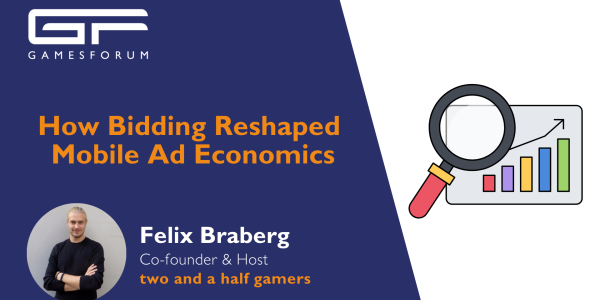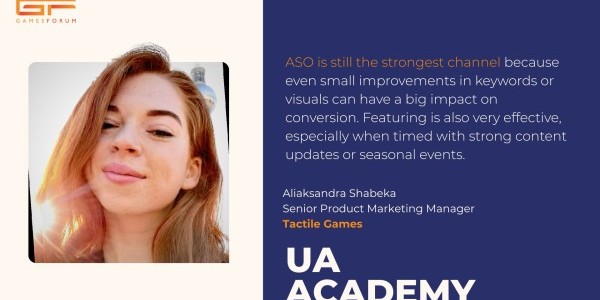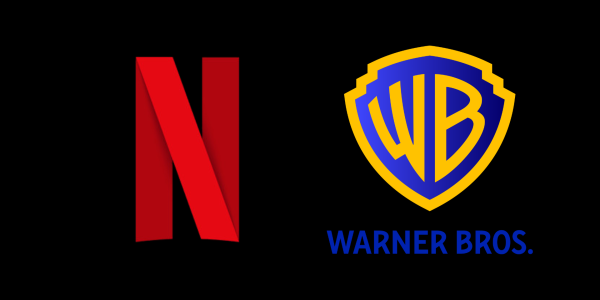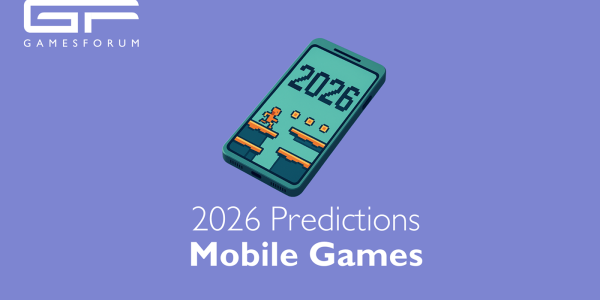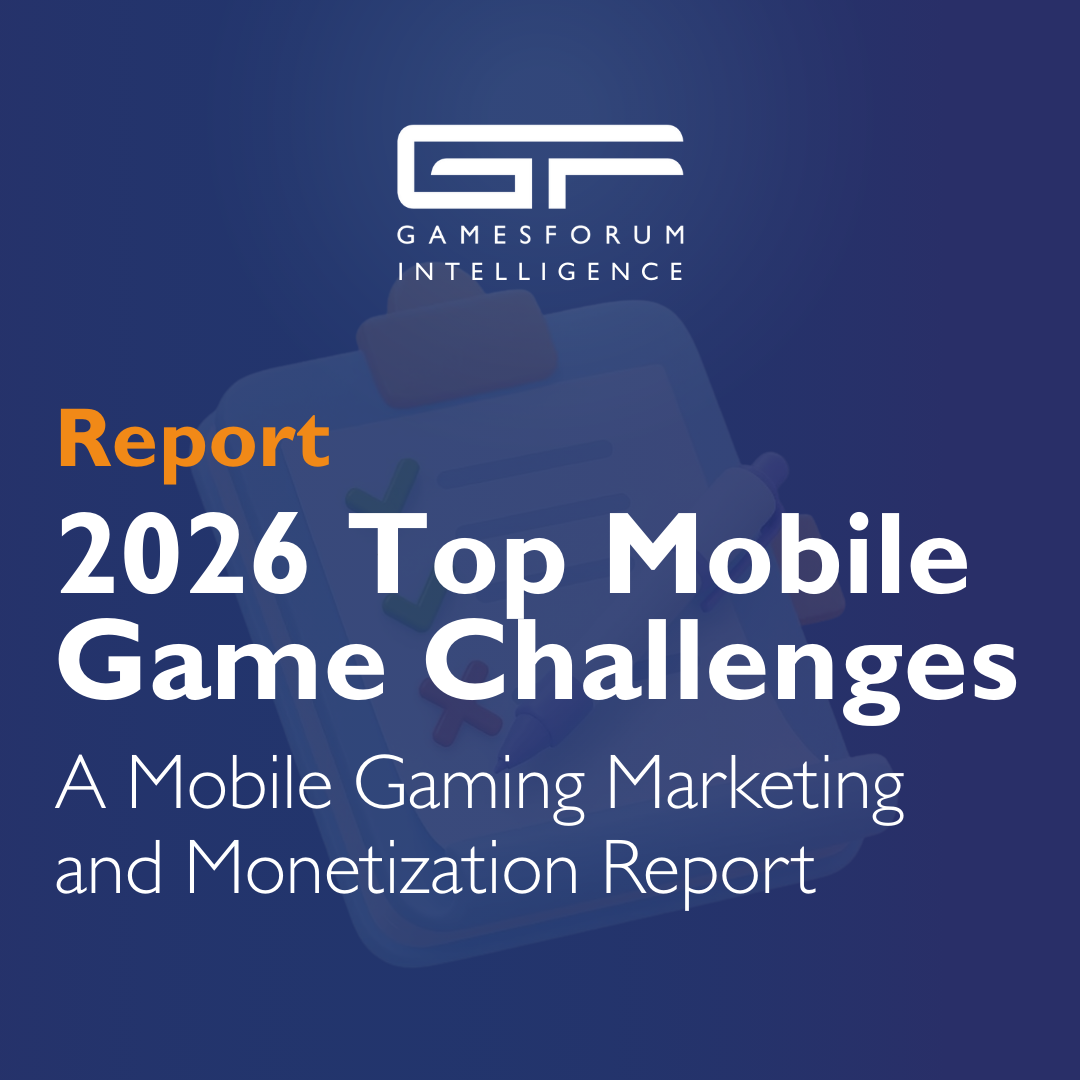How Pixel Federation Reinvented UA Tactics in the Age of ATT, GDPR, and 50x Web Sessions
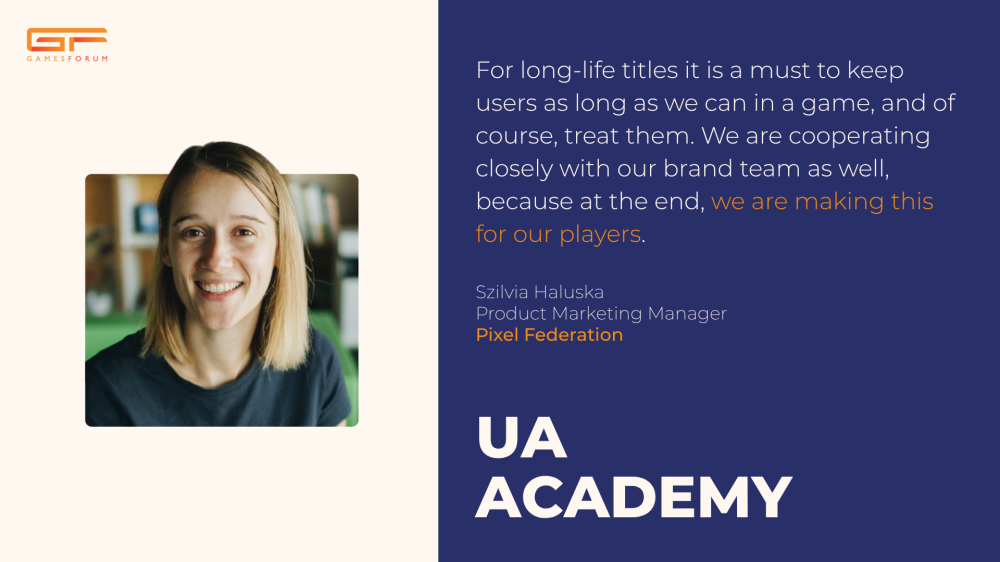
As privacy walls go up and platform rules tighten, many game publishers have struggled to keep pace. Pixel Federation isn’t one of them. Known for long-life titles like TrainStation 2, the Slovak studio has doubled down on creative iteration, deep community engagement, and smart cross-team collaboration to keep users coming - and staying - across both mobile and web.
Szilvia Haluska, Product Marketing Manager at Pixel Federation, explains how.
How has Pixel Federation’s UA strategy evolved in response to increasing privacy restrictions like ATT and GDPR?
We focused more to evaluate UA numbers on higher levels, the beginning was tough, but we haven’t stopped acquiring users, just changed the ways how we are evaluating campaigns and GEOs. Of course it’s even harder to run IOS campaigns, but it is still possible.
What role does community building play in your user acquisition funnel for long-life titles like TrainStation 2?
Community is really important to us, we have a good team of community managers, who are taking care of our players, and pampering them. For long-life titles it is a must, to keep users as long as we can in a game and of course treat them. We are cooperating closely with our brand team as well, because at the end we are making this for our players.
How do you balance creative innovation with performance data in ad iteration cycles?
First of all, we have a talented group of 2D/3D artists, who are constantly creating new creatives, bringing new ideas and making iterations. Secondly, we have a good inhouse reporting tool, where we can check performance of each of our creatives so we are up-to-date every time. If it comes to the point of creative fatigue, we are ready to add new ones, thanks to them.
Can you walk us through a campaign where cross-functional collaboration significantly boosted UA results?
Collaboration with different departments is a must, when we have the same goal, what we definitely have. We are working closely with our creative team - which we have as a dedicated team inside the Marketing department, with product team - who are really helpful and have willingness to help, if we need some additional feature requests to the early funnel to boost our UA activities.
For example we were aligned when the product team decided to make a content push - they added several additional features to the early funnel to monetize the users in early hours/days and we were communicating the new events/content via our dedicated creatives.
What KPIs are most critical for you beyond CPI and ROAS when evaluating early-stage campaigns?
Definitely retention, that indicates if the users are engaged enough to stay in the game. On the other hand creative KPI’s are the best indicators on top of the mentioned above, as IPM and CTR.
How do you tailor UA strategies differently for mobile vs. browser games, given Pixel Federation's portfolio?
Communication should be different, because there is a different user base with different user journeys. Players/users on the web having different goals, for example their session times are 50x longer than in the apps. And when you are acquiring users to the web there is a middle step landing page, first you need to get the user through it to your game. Campaign optimization goals are different compared to mobile apps.
What have been the most impactful learnings from experimenting with alternative ad networks or channels?
If we are speaking about rewarded networks, you should really care about the events, to choose the best one - and definitely to have events from a deeper funnel as well. Key learnings here to look at that users differently because player behavior is different on these rewarded networks. We tried out influencer marketing as well, but here is the same learning you need to set a different goal and not to compare it with business as usual networks/data.
How do you align product lifecycle stages with UA tactics, especially for games with slow-burn monetization curves?
What really helped us with long-tail games especially where monetization is not happening in early stages were live-ops.
To hear more about UA from the experts, make sure to register for Gamesforum London.

